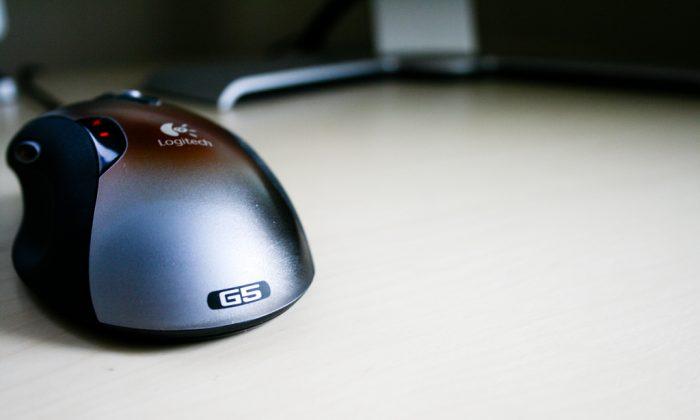If you’re reading this, chances are your mouse has gone belly-up and you’re looking for a new one. We don’t exactly plan for our mice to burn out, so most people are usually looking for a decent mouse that they can buy as painlessly as possible. But perhaps you have a little more money to spare right now and you’re looking to weigh out your options.
There’s such a wide variety of mice on the market right now that it’s much more helpful to classify them into two categories: laser and optical. Which one should you pick? Is laser worth the extra cash? It’s time to provide a clear answer to these questions.
Defining Both Mice
An optical mouse uses the reflection of a low-power LED light to track movement across a flat surface. Laser mice do the same thing, except with lasers.
If you want to get into more detail, let’s first explain how an optical mouse works. Optical mice use optoelectronic sensors which function as very small cameras that take multiple low-resolution images of the surfaces on which the mice sit.
If there’s a change in the surface, the processors within the mice will “track” where the changes were made and update the position of your mouse cursor.
Because the image is so small, the mouse doesn’t need to use a lot of battery power to take it. Look under your mouse right now. You'll notice that there’s a little lens below it for collecting light. It’s less than a centimeter wide on most models.

Laser mice function in quite the same manner. However, instead of emitting actual light, they emit infra-red radio waves. They’re much more precise and can capture images at higher resolutions. This leads to a higher amount of accuracy when using the device.
Resolution on all mice is measured in “dots per inch” (dpi). Pixels are irrelevant since scanned surfaces do not have individual pixels.
Assessing The Pros And Cons
When you have an optical mouse, this is what you can expect:
- They’re either far cheaper (I found one for $5) or somewhat cheaper (mid-range mice cost around $15-20).
- They’re not very pretentious about the surface they’re on.
- They “get the job done” for the day-to-day activities of most people.
And the drawbacks are:
- They may have problems tracking motion on slick surfaces, although this problem is reduced by some mice using the blue light spectrum.
- They’re not extremely precise (usually tracking under or around 1000 dpi).
With regards to laser mice, this is what you can expect:
- They’re fine on many surfaces (depending on the mouse you get).
- They are either very accurate or extremely accurate, boasting resolutions anywhere from 1600 to 8200 dpi.
- They’re ideal for photo editing and other high-precision jobs that require very smooth movement (you'll also need a good mouse pad).
And the drawbacks are:
- They’re expensive ($50 for the low-ish end of the spectrum, $100 for the extremely super-precise ones).
- They can be finicky on clear glass, although there are mice that have coping mechanisms for this. My $70 laser mouse (from two years ago) doesn’t do well on clear or slick surfaces, but glides through anything opaque.
The Verdict
If you have the extra money, you should get a laser mouse if you plan on editing photography with it, work with sliders on a daily basis, or play lots of first-person shooter video games with a mouse.
If you’re strapped for cash, an optical mouse will more than compensate for having no mouse at all, and it‘ll do a wonderful job if you get a mid-range model. Settle for the low end and you’ll get an awful mouse that may have performance issues a few months in.
Republished with permission from MakeTechEasier. Read the original.
*William Hook via Compfight cc




